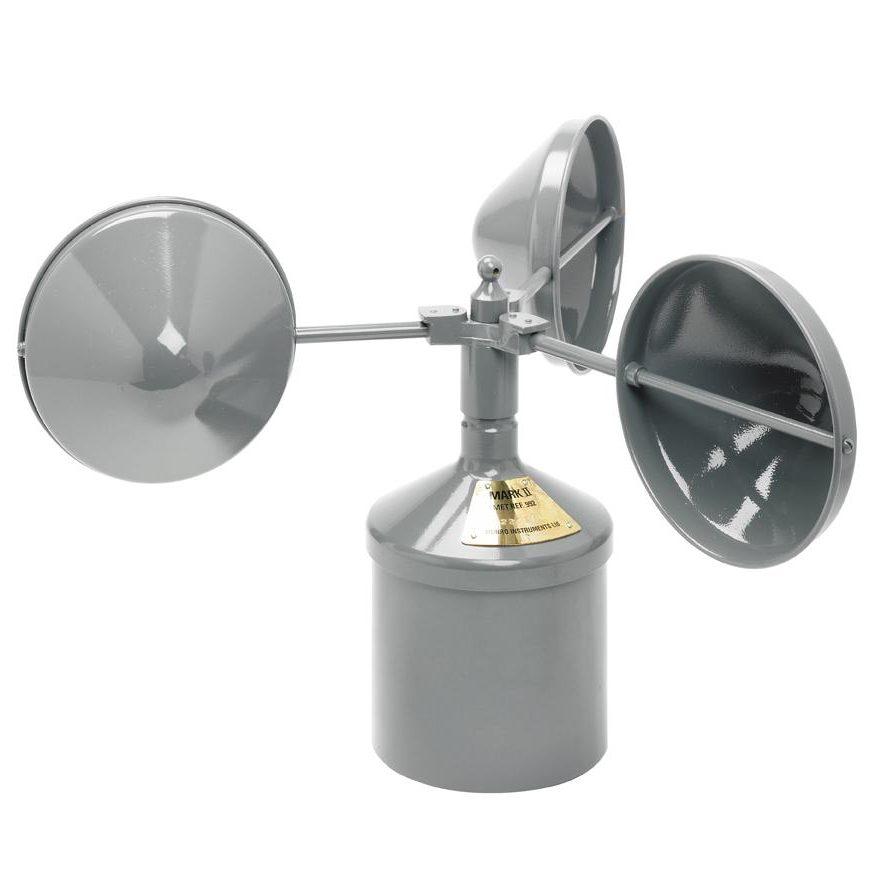Anemometers Introduced: Understanding Their Value in Ecological Monitoring and Precaution
The role of anemometers in environmental surveillance and safety and security steps is usually taken too lightly, yet their significance is obvious. From weather forecasting to air travel security, anemometers play an essential duty in supplying exact data that informs decision-making procedures and enhances total safety and security.
History of Anemometers
The evolution of anemometers can be traced back to the old people where primary wind measuring gadgets were initial utilized. One of the earliest recognized anemometers was the hemispherical cup anemometer developed by Leon Battista Alberti in the 15th century.
In the 18th century, the renowned researcher John Thomas Romney Robinson introduced the Robinson anemometer, which featured 4 hemispherical cups mounted on straight arms that prolonged from a main axis. This style ended up being a standard in atmospheric dimensions because of its precision and integrity. Throughout the years, innovations in modern technology led to the development of more contemporary anemometers, including ultrasonic anemometers and laser Doppler anemometers, offering raised precision and performance in gauging wind rate and direction. The history of anemometers showcases an amazing journey of development and development in the area of weather forecasting.
Kinds Of Anemometers
Throughout the area of weather forecasting, numerous sorts of anemometers have actually been created to accurately gauge wind rate and direction. The most usual kind is the mug anemometer, which contains 3 or 4 mugs mounted on horizontal arms that rotate with the wind. As the mugs spin, the speed at which they turn is directly symmetrical to the wind rate. Another widely made use of type is the vane anemometer, which features a tail or fin that aligns itself with the wind instructions. This alignment enables the device to establish the wind instructions. Sonic anemometers utilize ultrasonic signals to determine wind rate and direction precisely. They are commonly utilized in study applications because of their high accuracy. Hot-wire anemometers run based on the principle that the cooling effect of wind on a heated cord is proportional to the wind speed. These anemometers appropriate for gauging reduced wind rates with high precision. Each kind of anemometer has its strengths and is chosen based upon the certain requirements of the surveillance job available.
Applications in Meteorology
Having discussed the numerous kinds of anemometers made use of in weather forecasting for gauging wind rate and instructions, it is important to discover their sensible applications in the area. Anemometers play a vital function in meteorology by giving precise and real-time data on wind conditions (anemometer). Meteorologists utilize anemometers to monitor wind speed and direction to anticipate weather condition patterns, issue warnings for severe climate events like typhoons, tornadoes, and storms, and examine weather for air travel security
In weather forecasting, anemometers help in understanding regional and neighborhood wind patterns, which are important for forecasting weather condition modifications and identifying climatic patterns. These tools are additionally used in research to study microclimates, city heat islands, and air pollution dispersion. In addition, anemometers are used in agriculture to enhance plant management practices, such as watering and chemical application, based upon wind conditions.
Significance in Aeronautics Security
An integral element of guaranteeing air travel security depends on the careful tracking of wind conditions using anemometers. Anemometers play an important duty in aviation by supplying real-time data on wind speed and direction, aiding pilots in making informed choices throughout trip, take-off, and touchdown. Uncertain and solid winds can significantly influence aircraft operations, making it essential for aviation authorities to depend on accurate navigate here wind dimensions to make sure the security of passengers and staff.

In the dynamic atmosphere of aviation, where also small modifications in wind speed and instructions can have extensive results, anemometers stand as vital devices for promoting protected and safe flight.
Function in Environmental Research
Anemometers play an essential duty in environmental study by offering crucial information on wind speed and instructions. By accurately measuring wind characteristics, anemometers aid researchers examine the motion of pollutants in the air, analyze the impact of industrial discharges, and visit the website predict the spread of pollutants in the atmosphere.


Final Thought
In verdict, anemometers have actually played a critical function in ecological surveillance and safety and security actions. Comprehending the relevance of anemometers is vital for accurately measuring wind speed and instructions, which is crucial for forecasting climate patterns, making sure risk-free aviation operations, and performing ecological research studies.
One of the earliest well-known anemometers was the hemispherical cup anemometer invented by Leon Battista Alberti in the 15th century. Over the years, developments in modern technology led to the growth of more modern-day anemometers, consisting of ultrasonic anemometers and laser Doppler anemometers, offering raised precision and efficiency in measuring wind rate and direction. Hot-wire anemometers run based on the concept that the cooling result of wind on a heated wire is symmetrical to the wind speed. Meteorologists utilize anemometers to check wind rate and instructions to forecast weather condition patterns, problem cautions for severe weather condition occasions like storms, hurricanes, and storms, and examine climatic conditions for aviation security.
Recognizing the importance of anemometers is crucial for accurately determining wind rate and direction, Source which is vital for predicting weather condition patterns, making sure secure air travel operations, and performing environmental researches. (anemometer)
Comments on “The Duty of an Anemometer in Improving Safety And Security for Outdoor Activities”